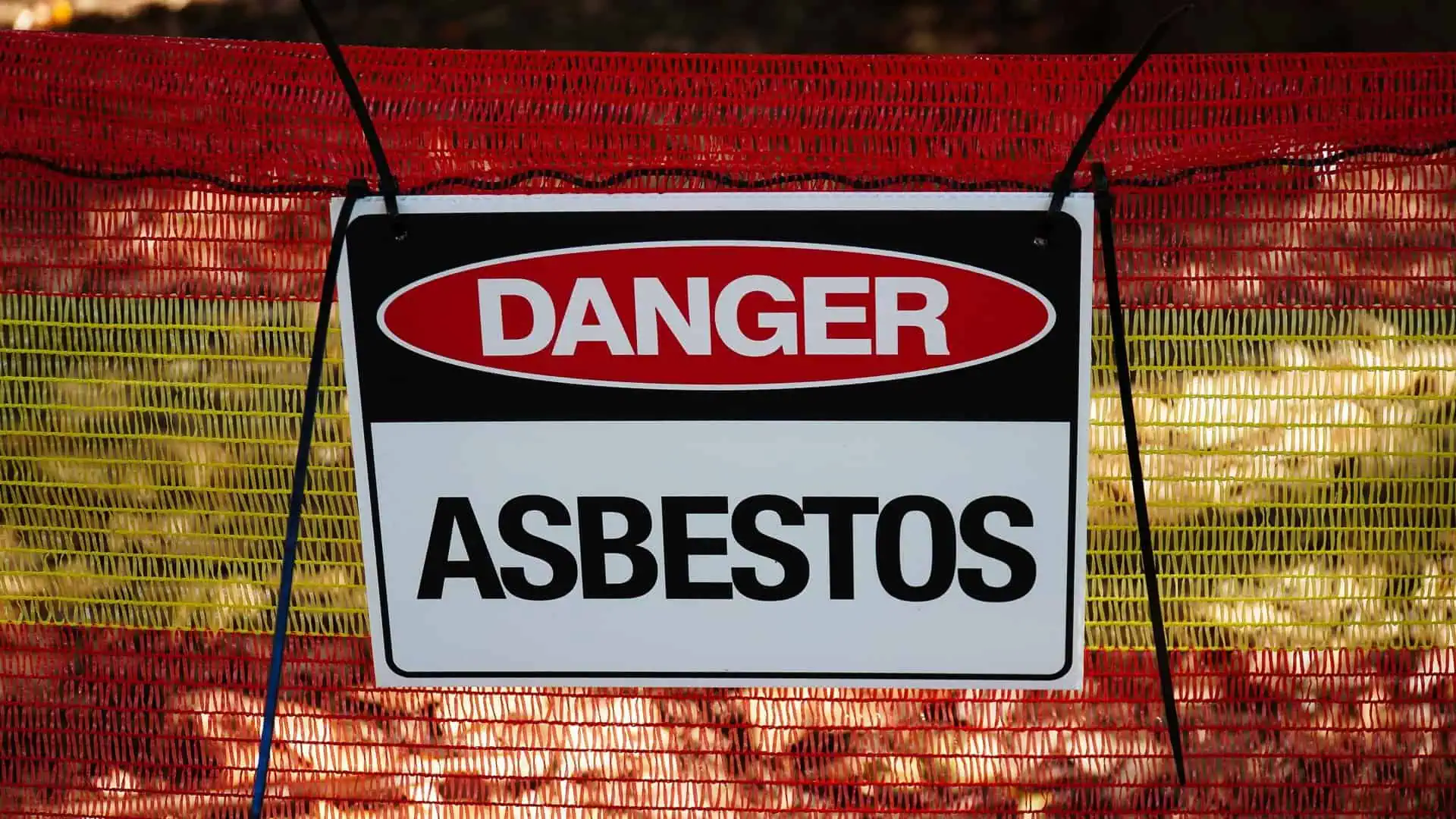Asbestos fibers are naturally occurring minerals that, when disturbed, release microscopic particles into the air.
When workers are exposed to asbestos through inhalation, these fibers can become embedded in lung tissue, leading to serious health conditions including lung cancer and mesothelioma.
Serpentine Asbestos
Serpentine asbestos, characterized by its curly, flexible fibers, consists primarily of chrysotile (white asbestos).
When materials containing chrysotile are damaged or deteriorated, they release asbestos dust that can remain airborne for extended periods.
Common applications of chrysotile asbestos include:
- Construction Materials: Used extensively in roofing, walls, ceilings, and floor tiles
- Insulation Products: Found in pipes, ducts, and various appliances
- Automotive Parts: Present in brake linings, gaskets, and seals
- Industrial Components: Used in boiler seals and steam engine parts
The widespread use of chrysotile asbestos in these applications has resulted in lung tissue scarring among many workers who handled these materials, particularly before safety regulations were implemented.
Amphibole Asbestos
Amphibole asbestos types include amosite, crocidolite, tremolite, anthophyllite, and actinolite.
These varieties feature straight, needle-like fibers that can cause severe damage to the respiratory system, often requiring pulmonary rehabilitation for affected individuals.
The five types of amphibole asbestos include:
- Crocidolite (Blue): Most carcinogenic form, used in steam engines and spray coatings
- Amosite (Brown): Common in cement sheets and pipe insulation
- Tremolite: Found in paints, sealants, and roofing materials
- Anthophyllite: Used in insulation and construction materials
- Actinolite: Present as a contaminant in other asbestos products
While all forms of amphibole asbestos can cause serious health conditions, crocidolite is considered the most dangerous, with studies showing higher rates of mesothelioma among workers who handled this particular variety.



